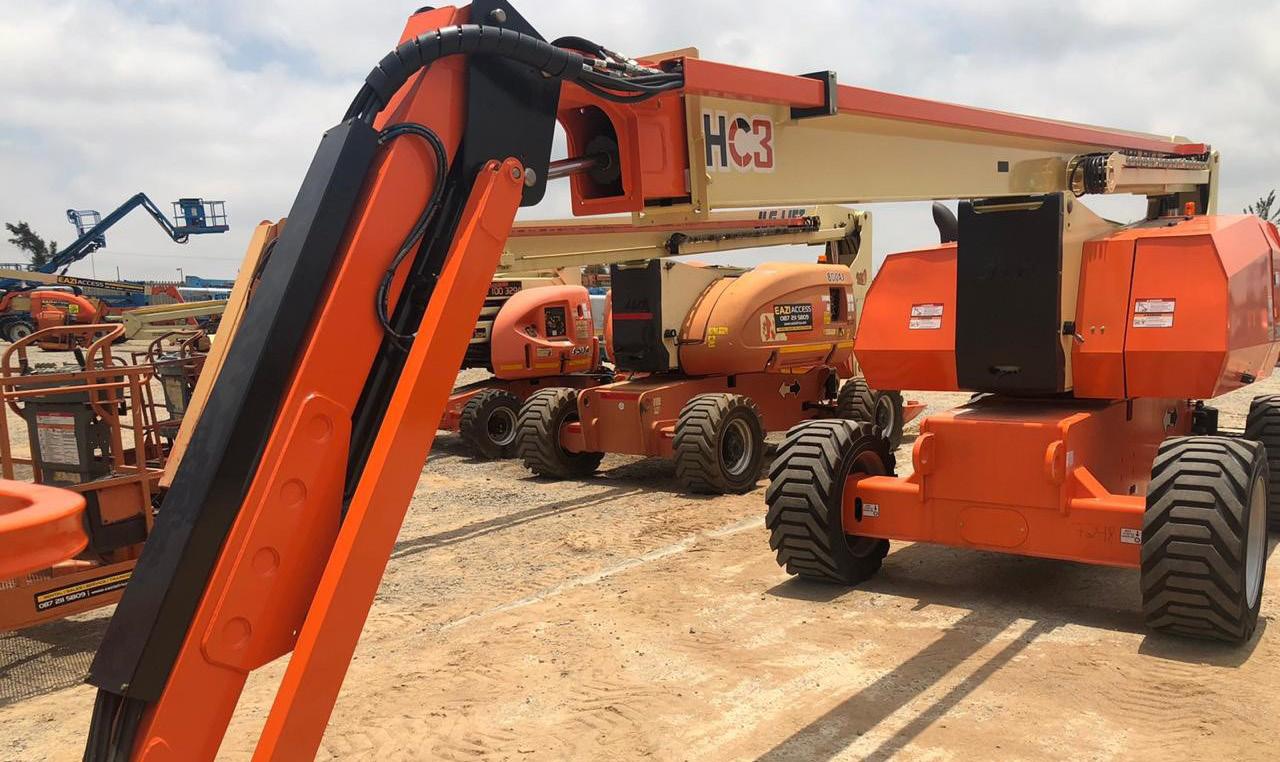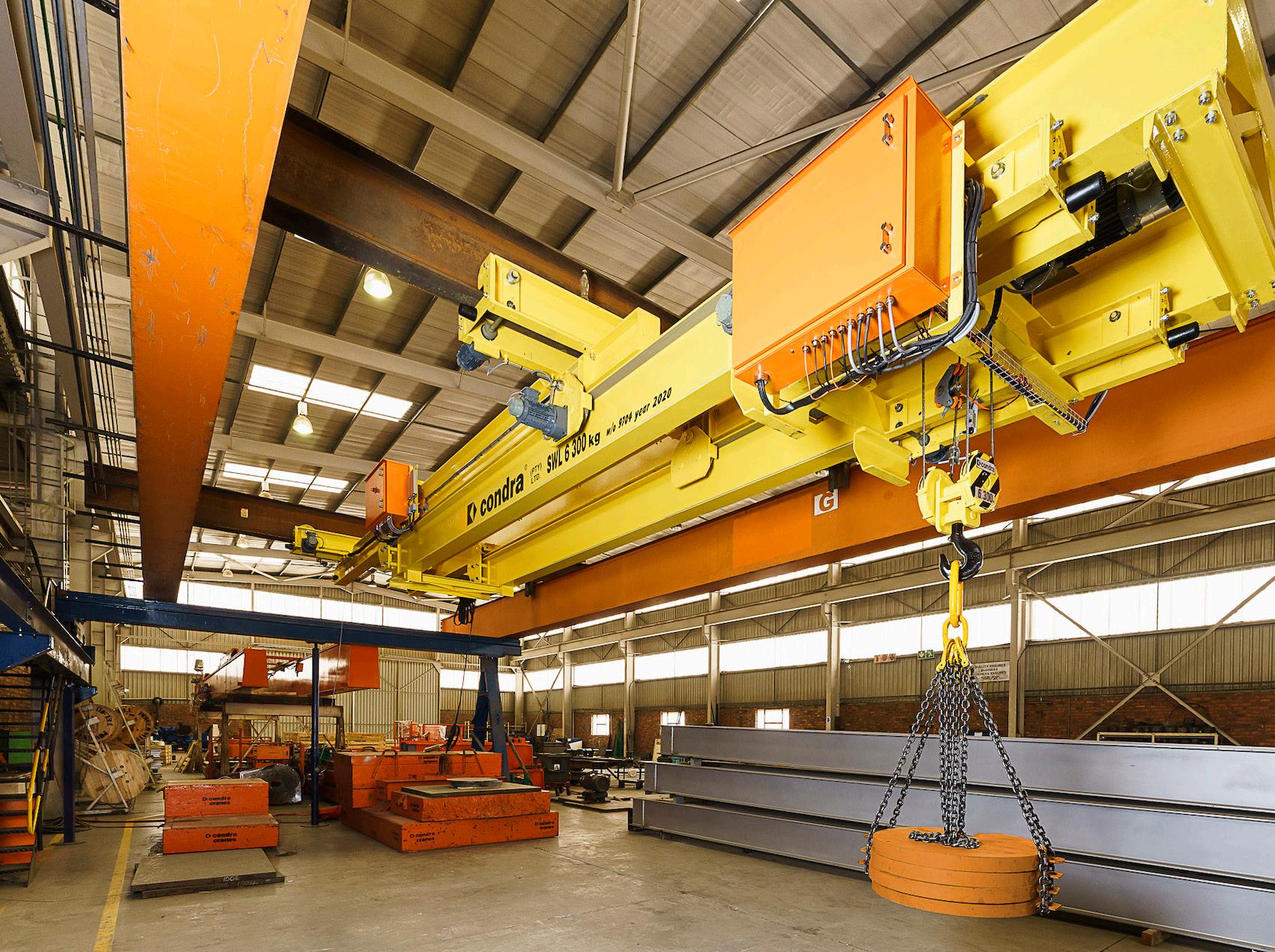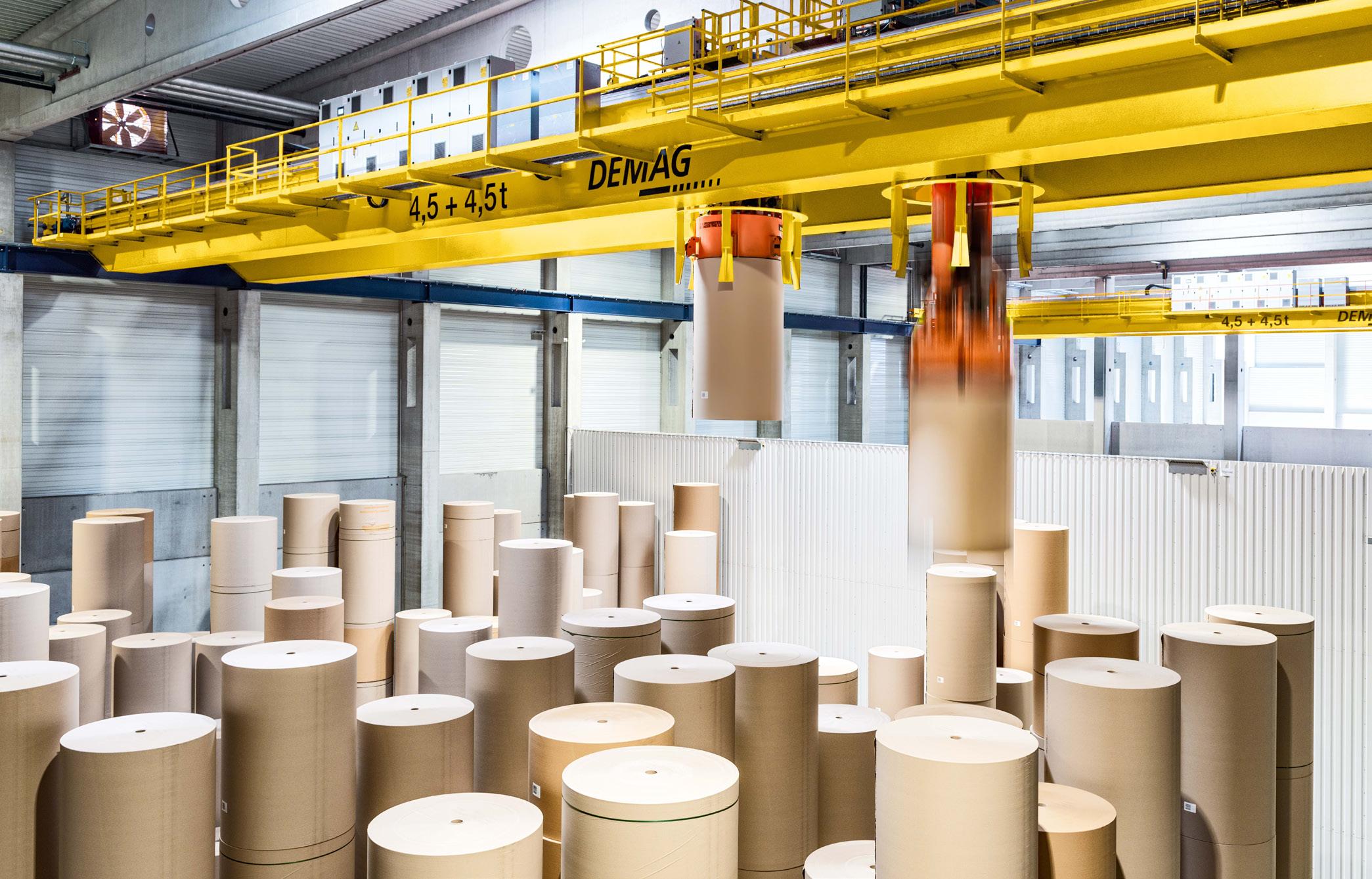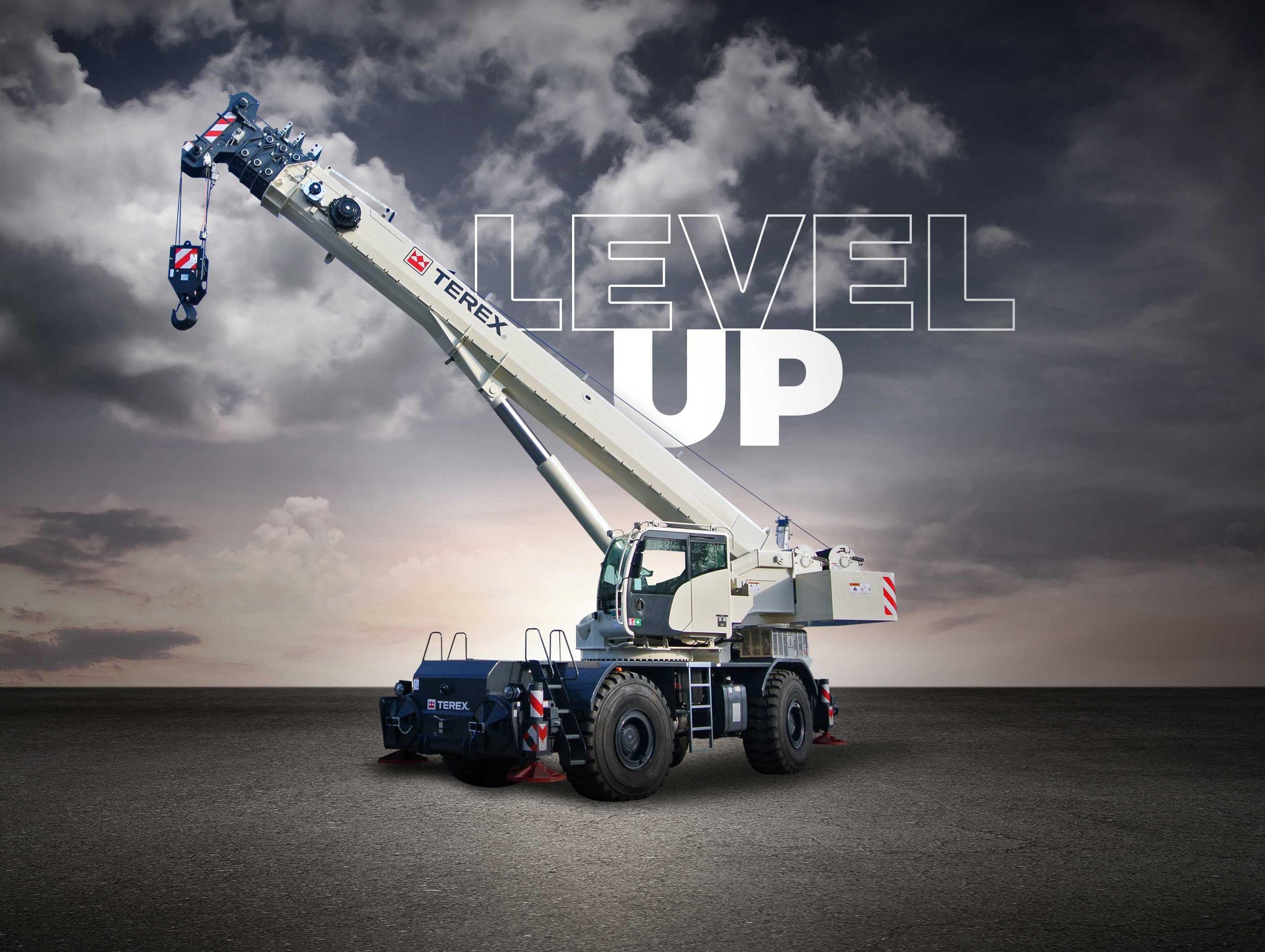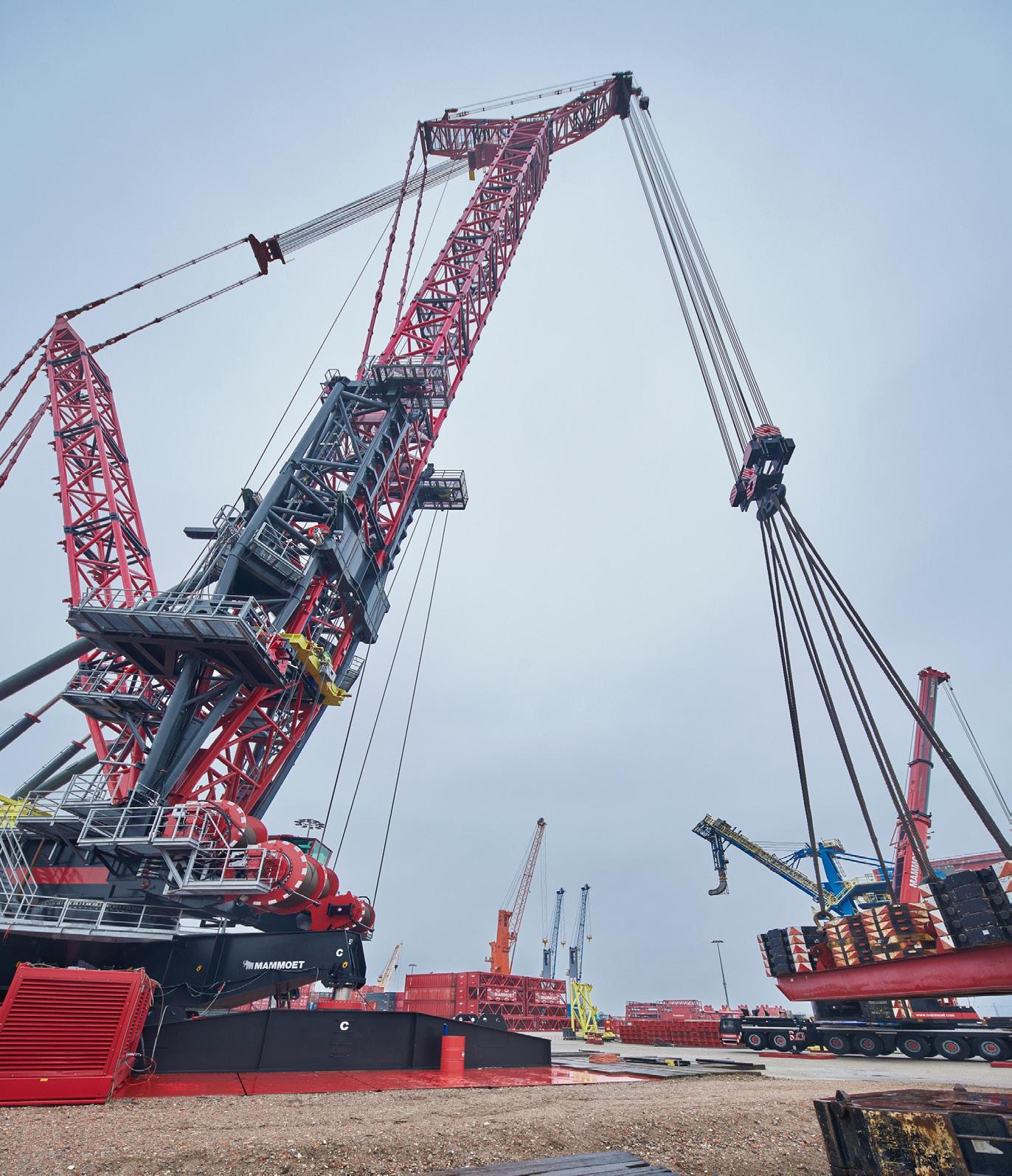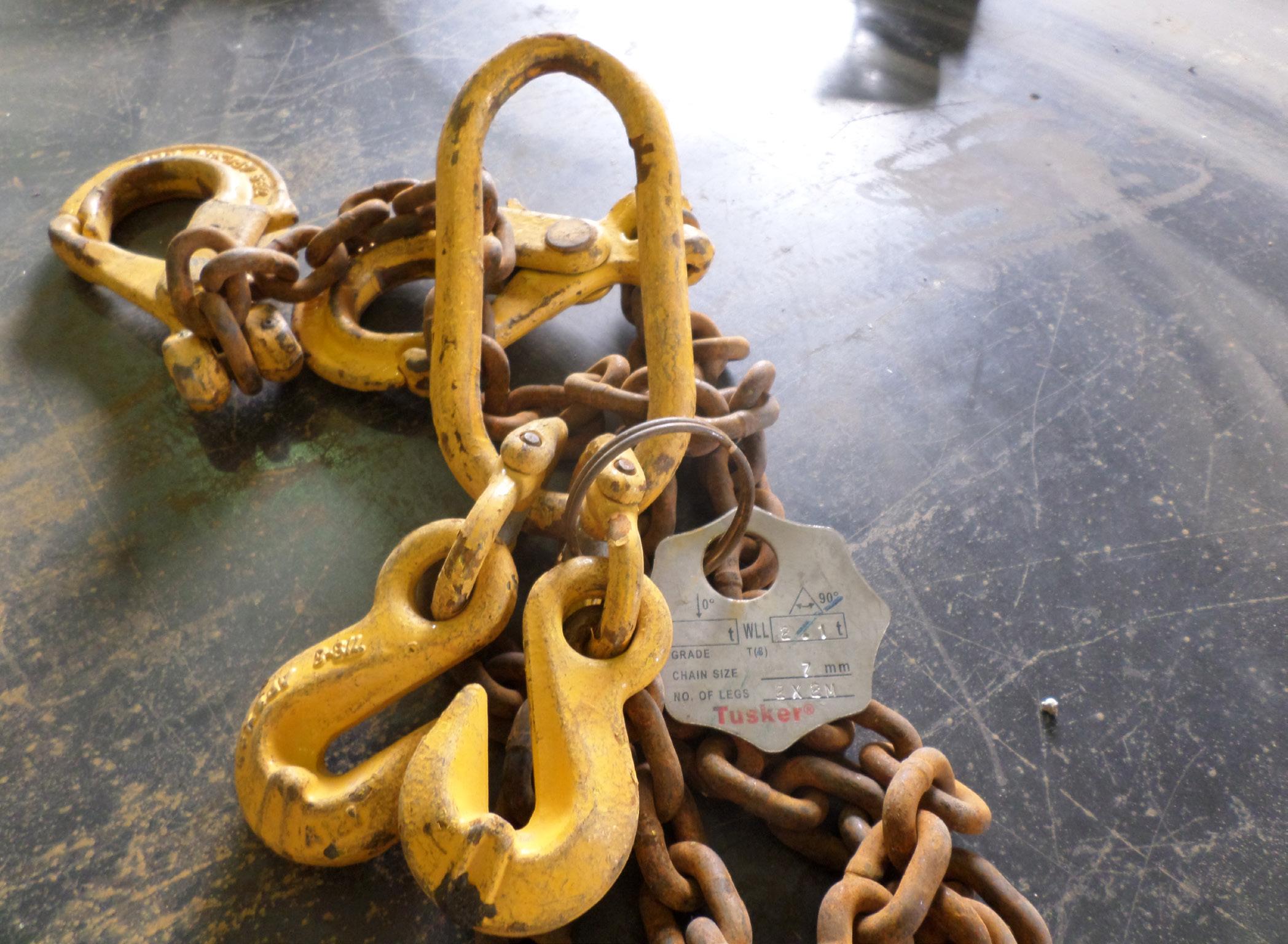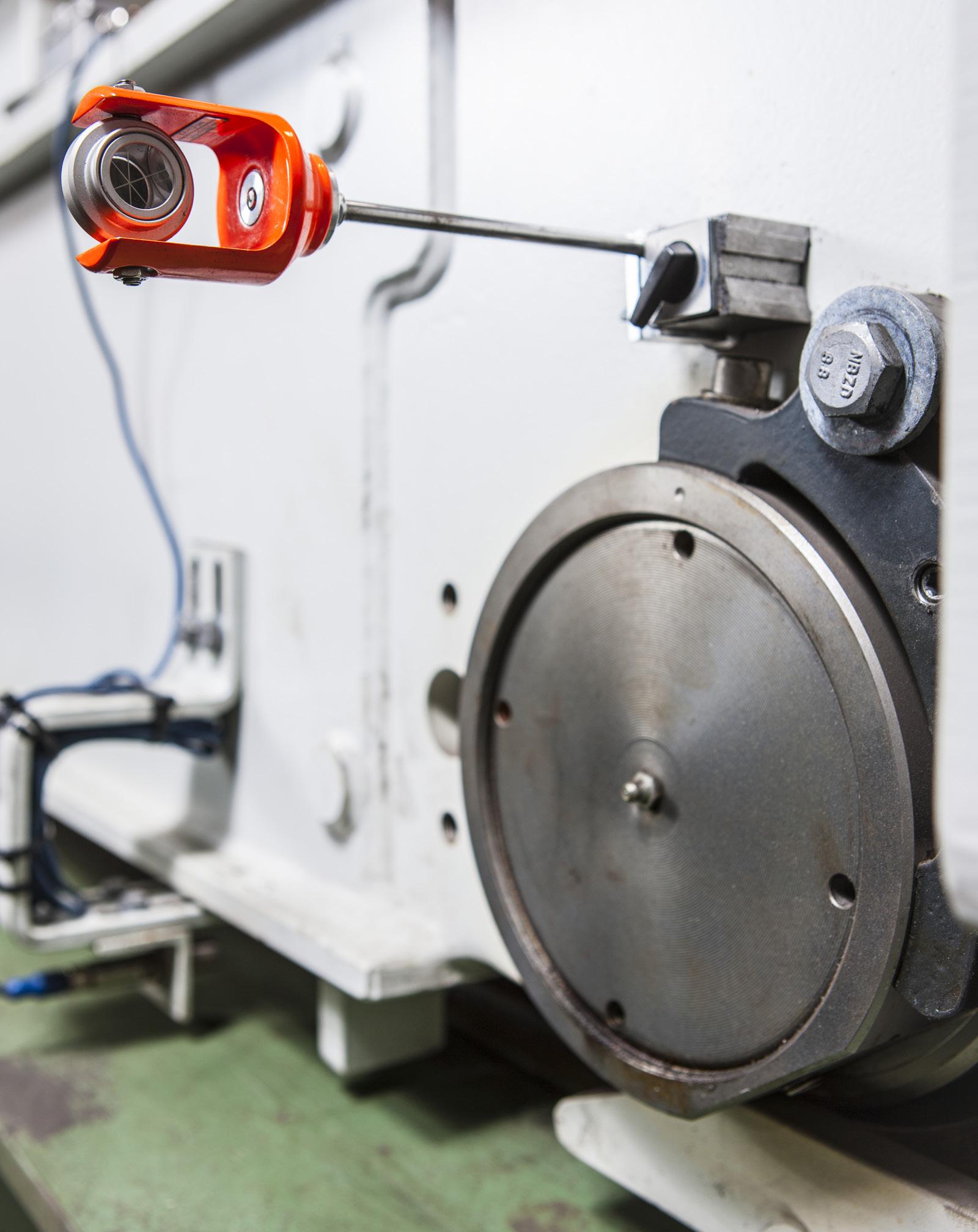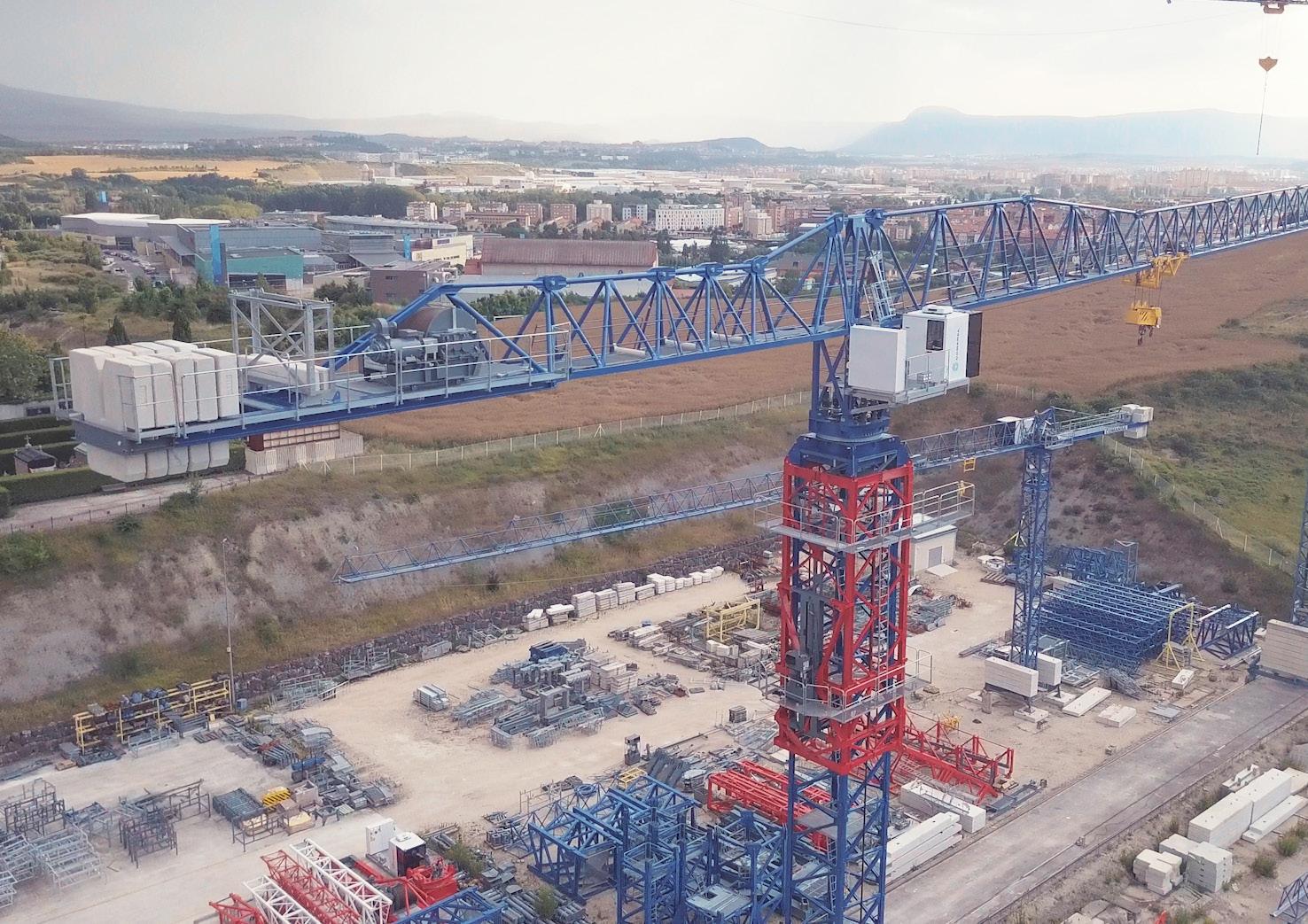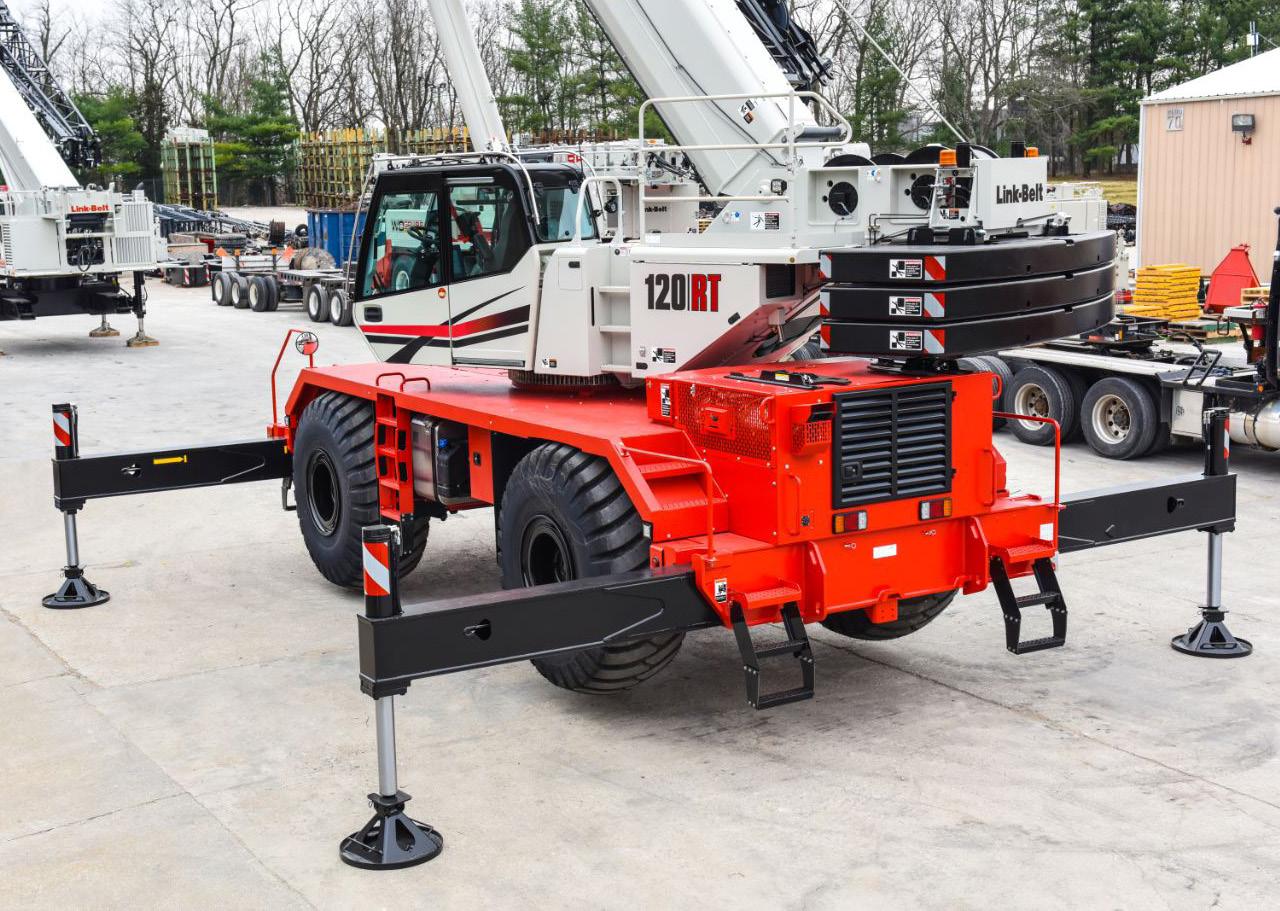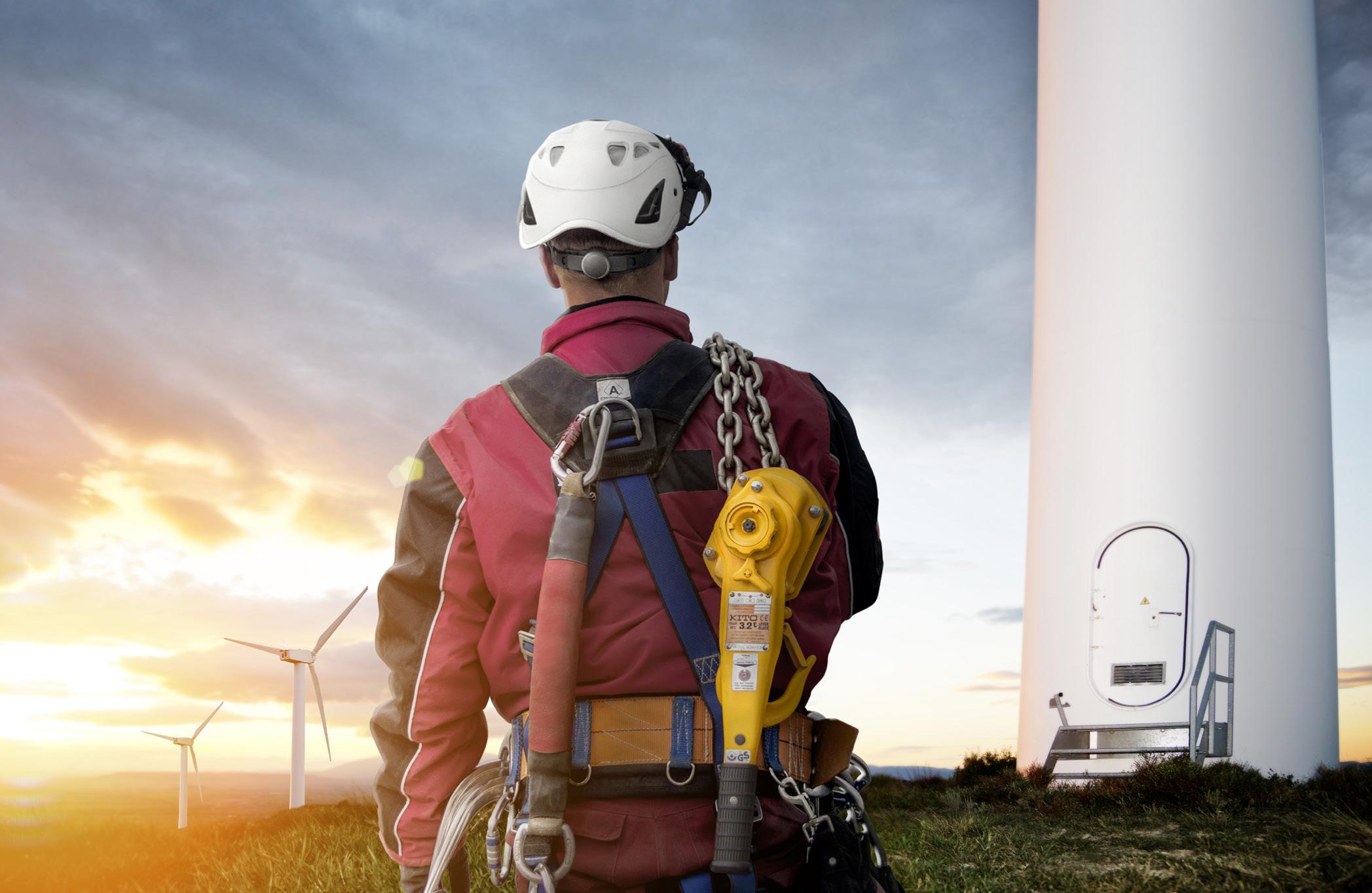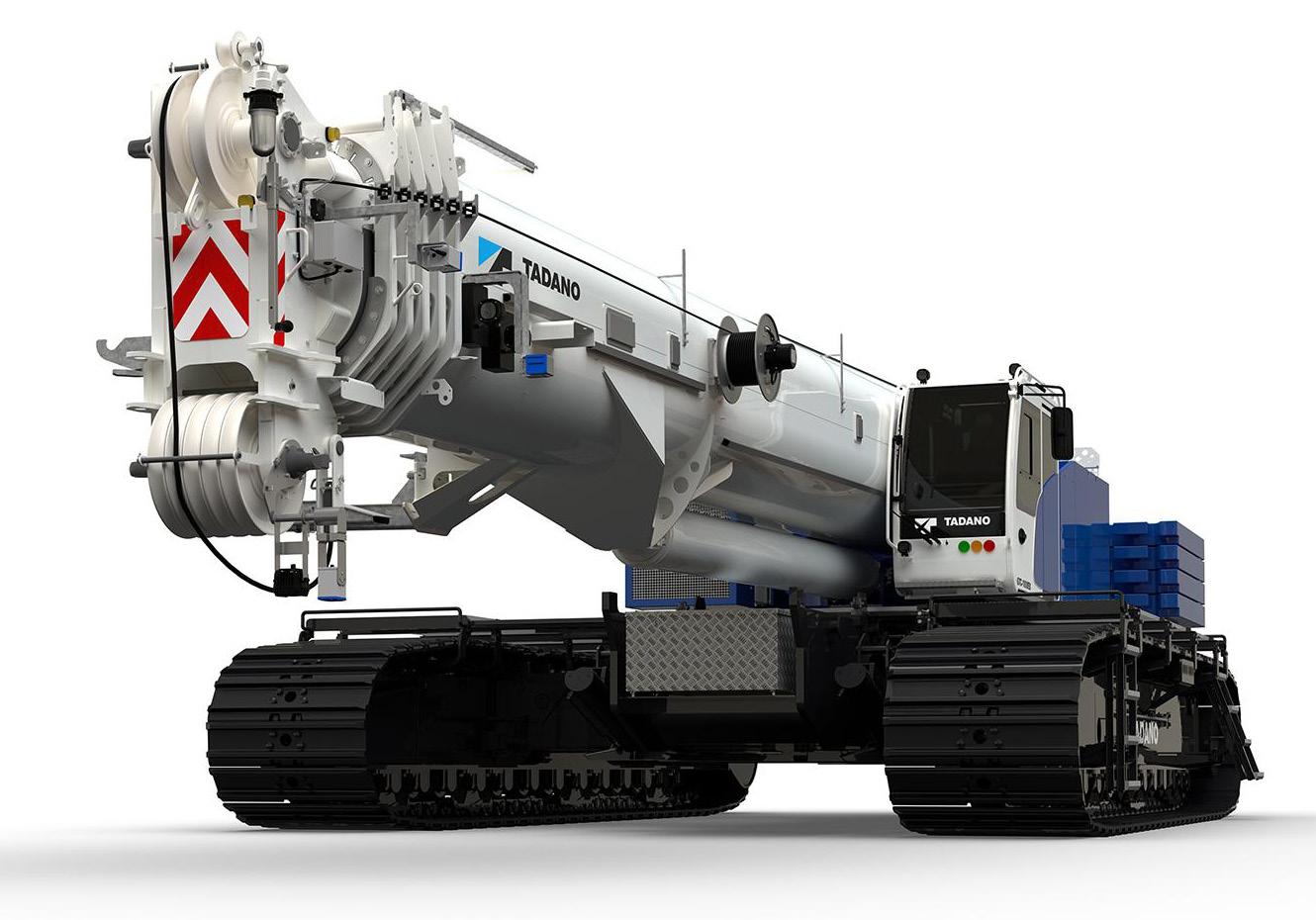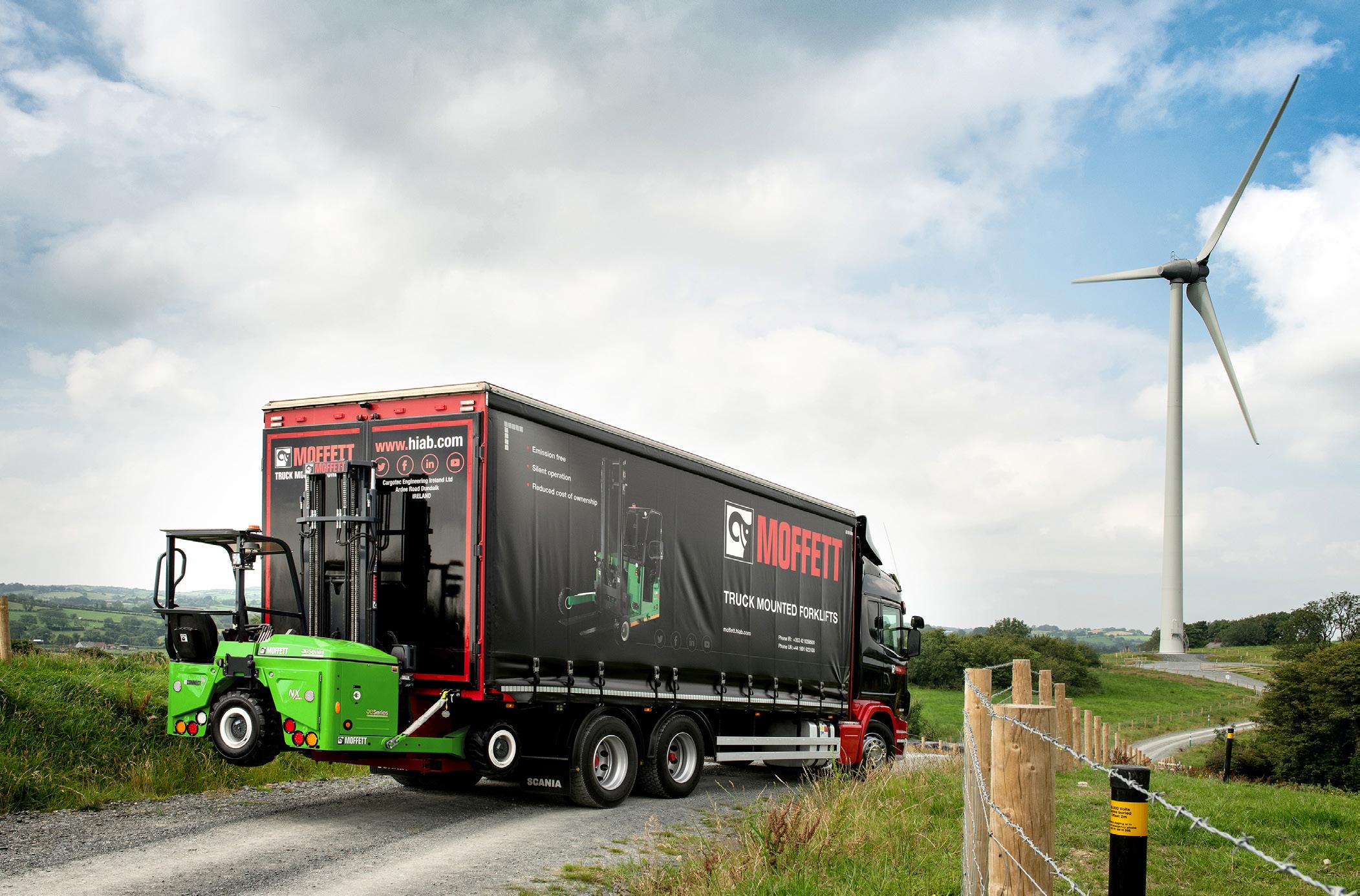PRODUCTS & SERVICES
Design and finite element analysis of lifting equipment An important note. This article is by no means intended to be a final or comprehensive overview of how any item should be designed or which standard(s) must be applied, but rather a basic overview of how FEA is one approach can be used to determine the safe parameters of a design. In our modern world and society we live and work in today, and the requirements set before us in terms of legislation for meeting safety and environmental requirements, engineers developing new products and more so specifically lifting equipment must ensure their designs comply with strict design codes and applicable standards at all times. Why can FEA be required? The use of FEA assessments is required by most structural codes and standards, and as legislated in the case of lifting machinery which requires that all lifting machinery and lifting tackle are designed by a technically accepted standard(s), these standards among other detail the requirements for designers and engineers to be met such as material requirements, welding, NDT and eventually load testing. An example may be DIN 18800 – 2 wherein the standard requires the use of computer analysis that in turn must comply with further codes during the design of EOT crane structural steelworks, which requires that the analysis provide proof that all components and connections have the required load-
bearing capacity and serviceability. Also, every country has a design code which sets out requirements for structural design and the applicable standards used. South Africa is no stranger to this and has, for example, SANS 10160 in parts, with part 6 for specifying the imposed loads for EOT cranes. What is Finite Element Analysis FEA? Finite Element Analysis or FEA software as it is known is a representation of the continued, actual physical part being analysed in reaction to real-world situations and effects. The software creates a representation using nodes, which connects to illustrate form elements and under simulated loading an
engineer or designer can determine if the designed product will break, tear, crack or perform as intended. What are the examples of different types of FEA simulation used? Absolute and Comparative FEA – As an example, if the design requires a rope and the designer has no idea how much load the rope would sustain, then a comparative analysis would be used. It is used when the designer wants to change certain conditions so that the product performs better than it already does. Dynamic and Static FEA – An example may be as to what the impact of acceleration might bring as a result. This FEA application can simulate how fast or how slow loads are applied. Non-linear and linear FEA – An example is to test the elasticity of different objects. Linear analysis is used where there is a direct scalable relation between applied force and displacement and non-linear is to see if there has been any change to the initial condition on a design. We can use FEA in simulations such as fluid behaviour, thermal transport, wave propagation, growth of biological cells and even
24
Lifting Africa - Jan/Feb 2021


